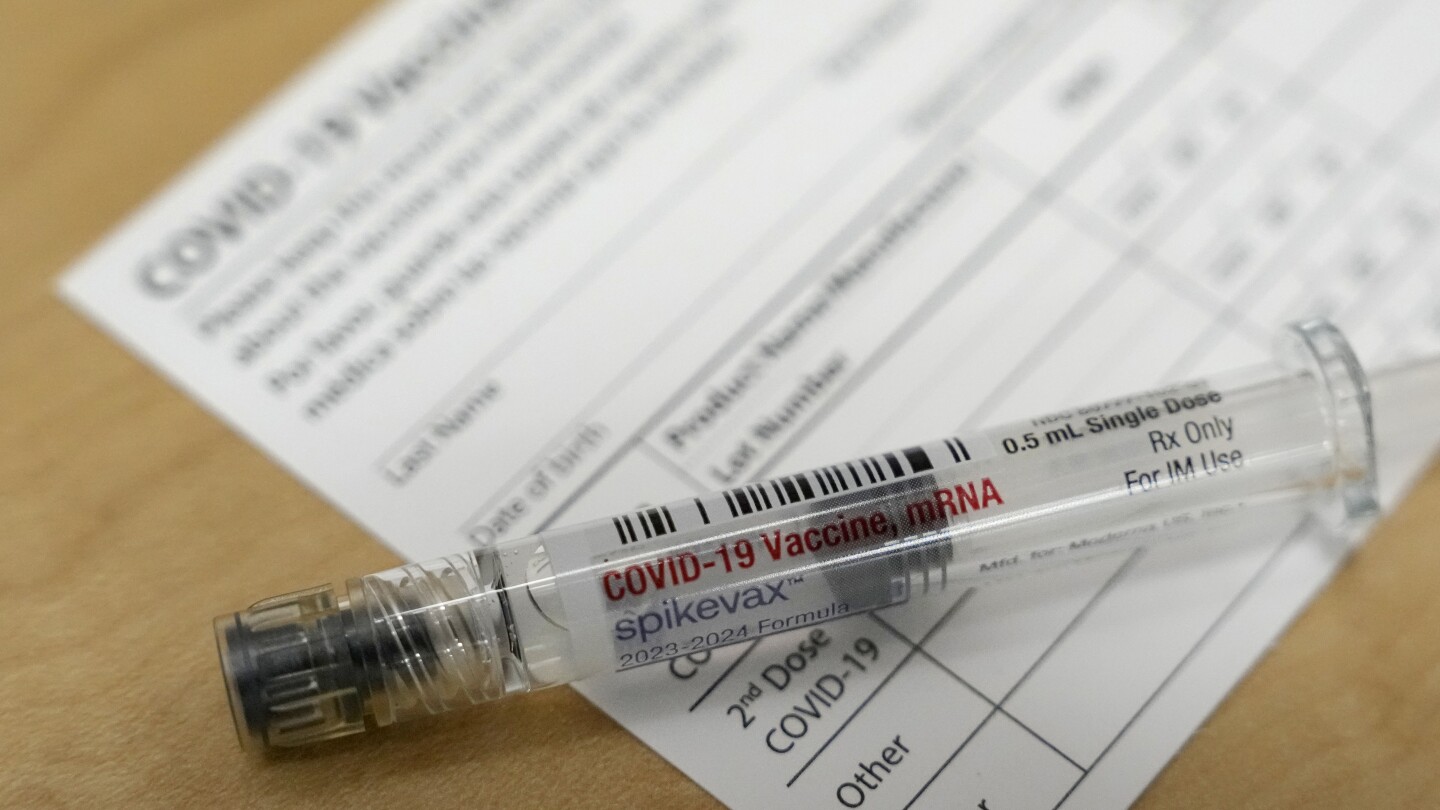A month after federal officials recommended new versions of COVID-19 vaccines, 7% of U.S. adults and 2% of children have gotten a shot.
One expert called the rates “abysmal.”
The numbers, presented Thursday at a meeting held by the Centers for Disease Control and Prevention, come from a national survey of thousands of Americans, conducted two weeks ago.
The data also indicated that nearly 40% of adults said they probably or definitely will not get the shot. A similar percentage of parents said they did not plan to vaccinate their children.



The golden rule of public healthcare is to only have large-scale interventions where it is most cost effective. Since at-risk groups already take other shots regularly, the cost of giving more shots to them is far, far lower than the rest of the population - and gives a lot more benefit. A lot of large scale health interventions fall into that category.
You bet that there was some economist who ran the numbers and figured out just where the line went on who it was beneficial to give fhese shots.
In an ideal world, there would be infinite resources and resource management would not be an issue in healthcare, but they aren’t, and it is. As such, in many countries, these vaccinations come from the same pool of money as the costs to run hospitals, elder care homes and clinics, and considering how the price of literally everything is rising, there is a fair amount of cost-cutting going on right now.
To summarize, when 75% of the benefit of these vaccinations can be had by targeting the 20% who are most at risk, that’s what they’re going to do. And yes, from those who got severely ill, and even more so those who passed away, the vast majority were part of at-risk groups.
In the US, the covid vaccine has a sticker price of about $120; which is already a meaningless and overinglated number, but puts an upper bound on the cost of the treatment.
Suppose you are a healthy young adult, working a job earning $15/hour. You do not get vaccinated and end up catching covid. Nothing major, you just call in sick for a day and sleep it off. 8 hours of lost labor at $15/hour gives a lower bound of $120 in economic damages. Of course, your work produces more value then your wage: there is profit, per-employee overhead, non-wage benefits, cost of unplanned disruptions.
Maybe you need 2 days to recover. Now the damages are large enough to have covered at least 2 vaccinations. Maybe you infected someone else, who proceeded to infect someone else. Maybe you value not getting sick at a rate above $0. And this is all just the cost associated with 1 sick day. Some young healthy adults will get even sicker, and there is no way to know ahead of time who they will be.
Except that the covid vaccines haven’t been good enough to prevent infection, nor spread (at least the early ones, I’m not familiar with the recent developments). I’ve had three shots, and been confirmed sick with covid at least (tested positive) twice, and had to take sick days off. Additionally I had to take a day off work after I got vaccinated because I got a high fever. The same applied for almost all of my coworkers at the time (I was working in healthcare back then).
I definitely would be more positive to it if (a) that wasn’t the case and (b) the vaccine was properly tested. As it stands, my personal opinion is that people in at-risk groups (basically everybody 50+, with a BMI over 25 or with respiratory issues) should get a shot, as well as folks working “people” jobs. For the rest, you’ll have more benefit from pursuing a proper personal hygiene, social distancing and avoiding crowds.